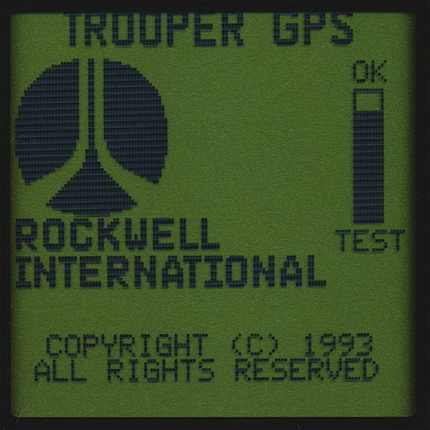
Startup screen
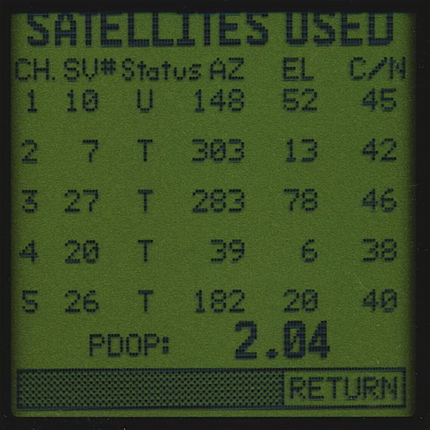
Satellite status
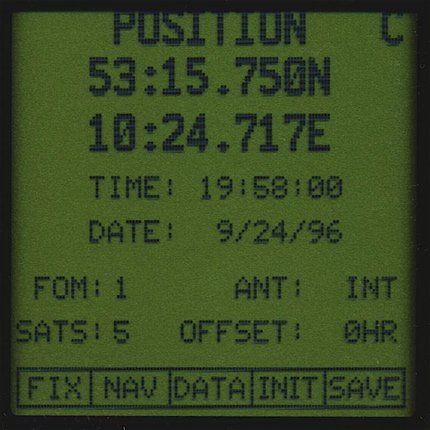
Position screen
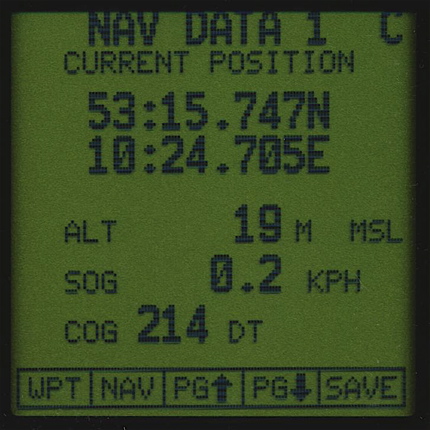
Navigation screen 1
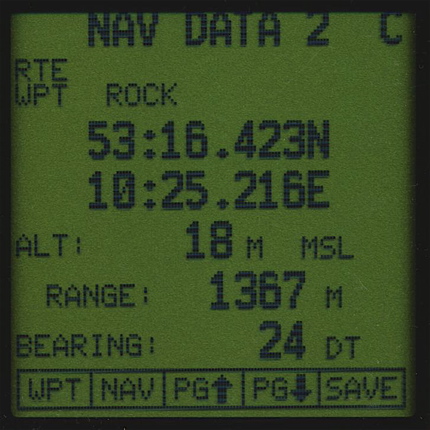
Navigation screen 2
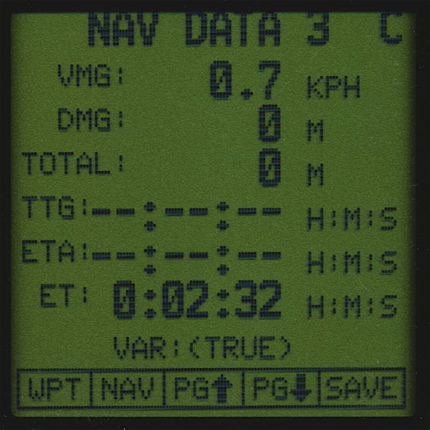
Navigation screen 3
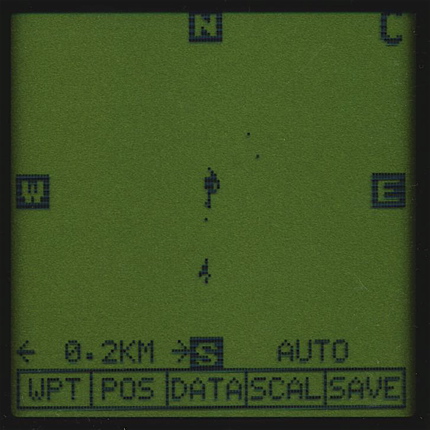
Plotter screen
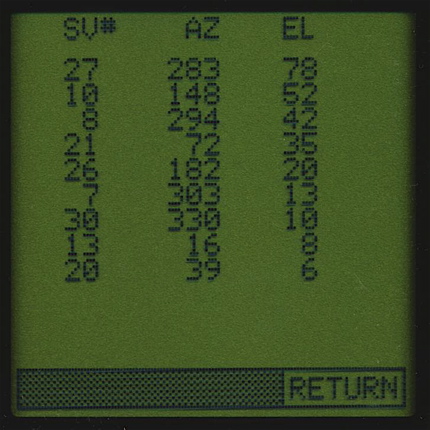
Satellites in view
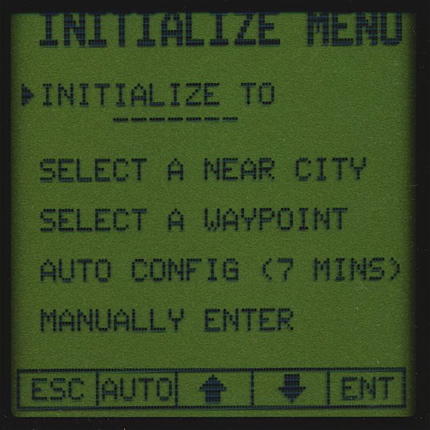
Initialize menu
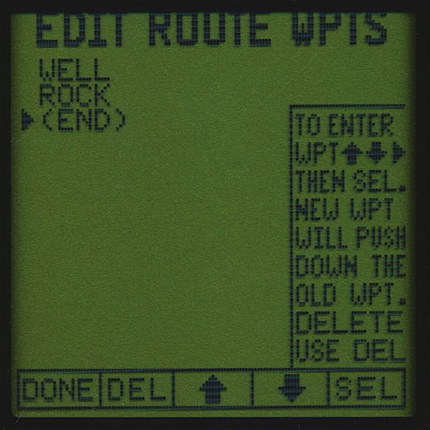
Route edit
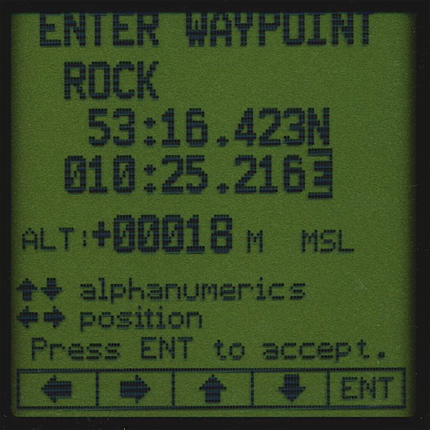
Waypoint entry
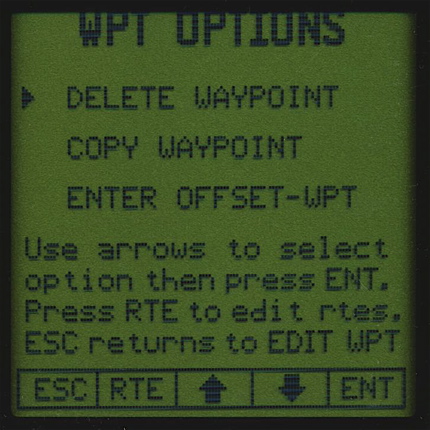
Waypoint options
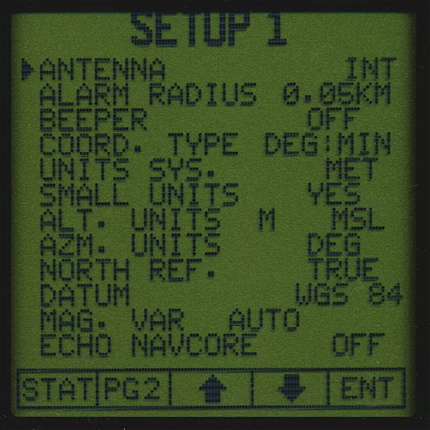
Setup menu 1
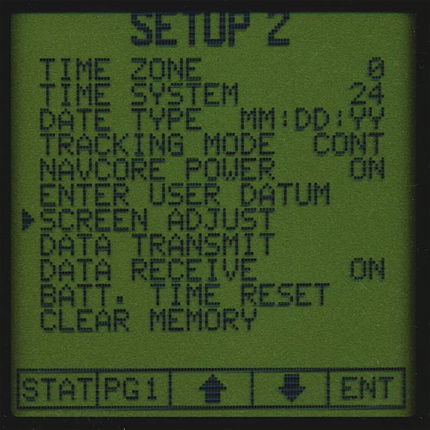
Setup menu 2
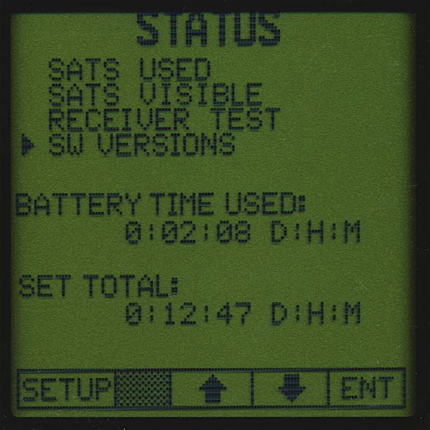
Status menu
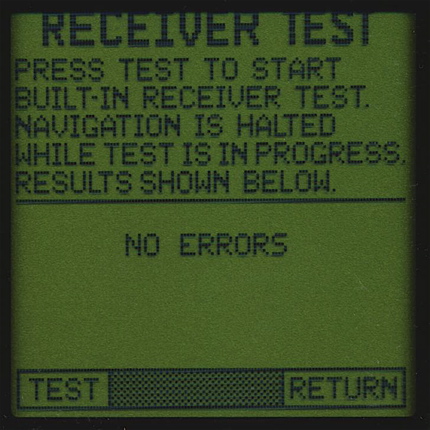
Receiver test
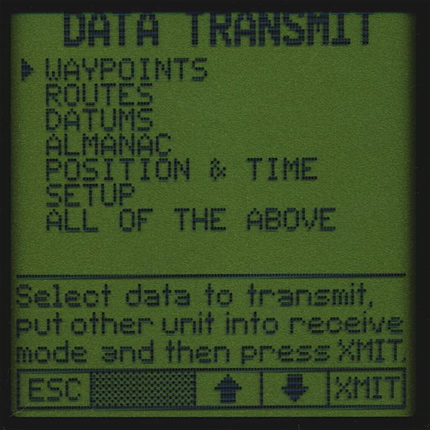
Data transmit
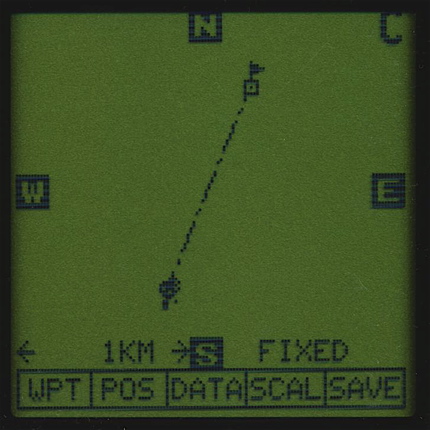
Plotter navigation screen
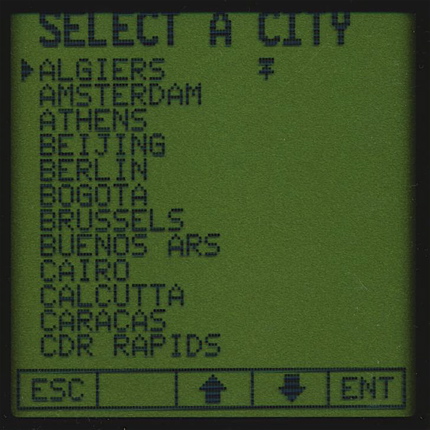
Initialization by city
Rockwell Collins is very much involved in the development of the GPS system. They built the first GPS satellites and even the first experimental receiver, the "Generalized development model" in 1977. Rockwell Collins is focused on the professional and military segment. Their first approach was the AN/PSN-8, a portable military GPS receiver, called the manpack.
The Rockwell Trooper (called HNV-600) seems to be an attempt to enter the commercial market. The design and the utilization is completely different from their military model of that time. It features a graphical display and an innovative soft-key interface. The unit is operated by six aa-batteries, a nicad pack or external power. The Trooper has the ability to communicate with another unit with an infrared optical link. The satellite signals are tracked by a five channel parallel receiver.
Navigation information is provided by three data screens. The highway screen shows a graphical presentation of the direction to travel. The plotter screen displays the track, waypoints and routes. 100 waypoints and 10 routes with up to 25 waypoints can be stored. The Trooper has a combined data / antenna port.
The Trooper is the first GPS unit with flash memory. This solves the problem that stored data is lost without batteries installed. Flash memory was very expensive by that time. The infrared link is another feature that is way ahead of its time. The user interface with the soft key concept is quite intuitive. Unfortunately the Trooper is huge like a brick and eats batteries.
Aging electrolytic capacitors cause problems with the power management. Very often the communication with the GPS receiving module fails with the message "No response from Navcore". This can be solved by changing the SMD-type electrolytic capacitors on the main PCB.
The Rockwell Trooper (called HNV-600) seems to be an attempt to enter the commercial market. The design and the utilization is completely different from their military model of that time. It features a graphical display and an innovative soft-key interface. The unit is operated by six aa-batteries, a nicad pack or external power. The Trooper has the ability to communicate with another unit with an infrared optical link. The satellite signals are tracked by a five channel parallel receiver.
Navigation information is provided by three data screens. The highway screen shows a graphical presentation of the direction to travel. The plotter screen displays the track, waypoints and routes. 100 waypoints and 10 routes with up to 25 waypoints can be stored. The Trooper has a combined data / antenna port.
The Trooper is the first GPS unit with flash memory. This solves the problem that stored data is lost without batteries installed. Flash memory was very expensive by that time. The infrared link is another feature that is way ahead of its time. The user interface with the soft key concept is quite intuitive. Unfortunately the Trooper is huge like a brick and eats batteries.
Aging electrolytic capacitors cause problems with the power management. Very often the communication with the GPS receiving module fails with the message "No response from Navcore". This can be solved by changing the SMD-type electrolytic capacitors on the main PCB.
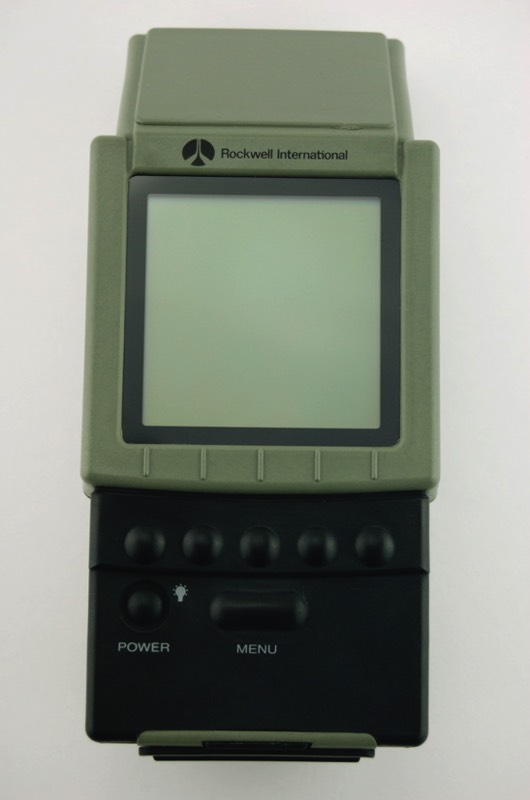
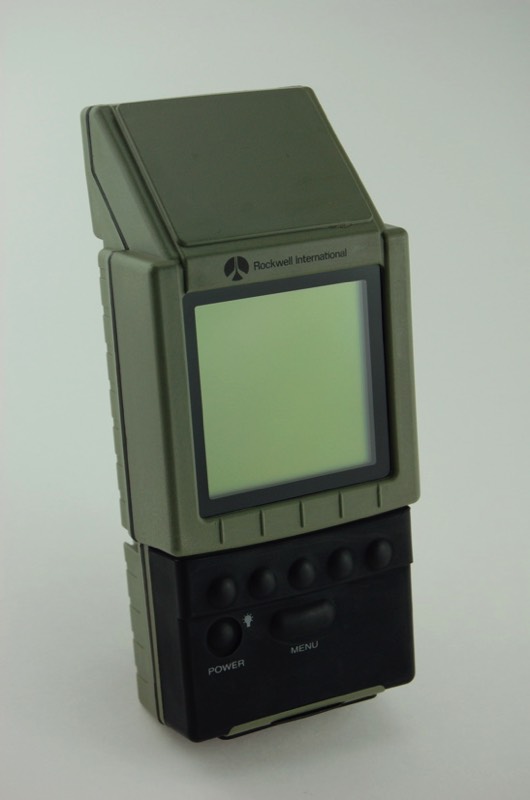
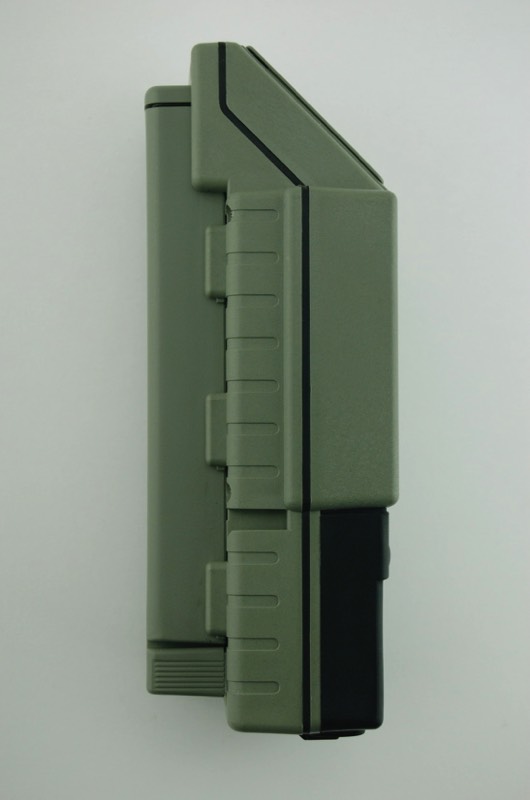
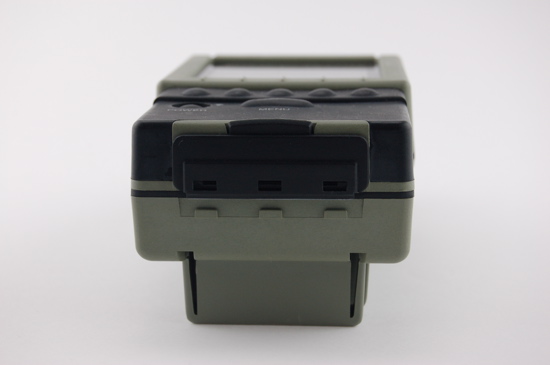
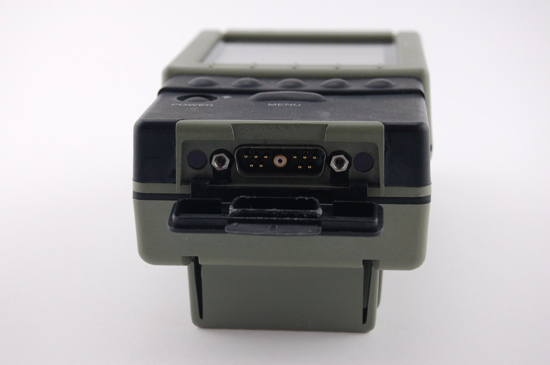
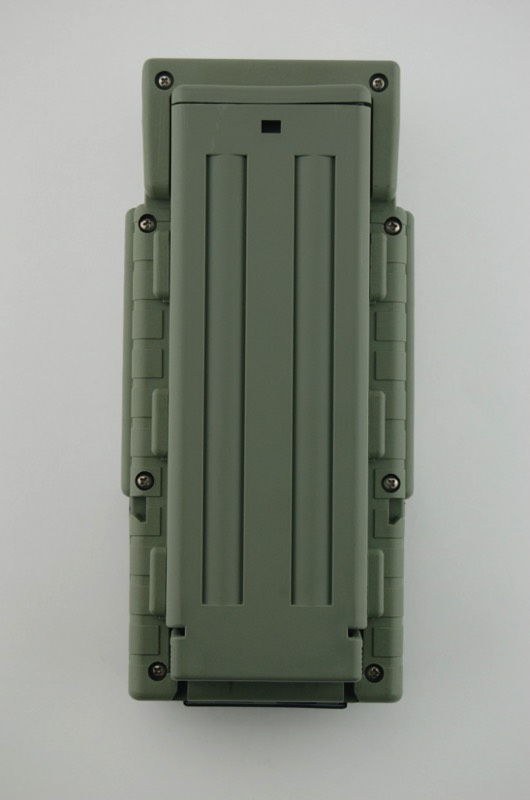
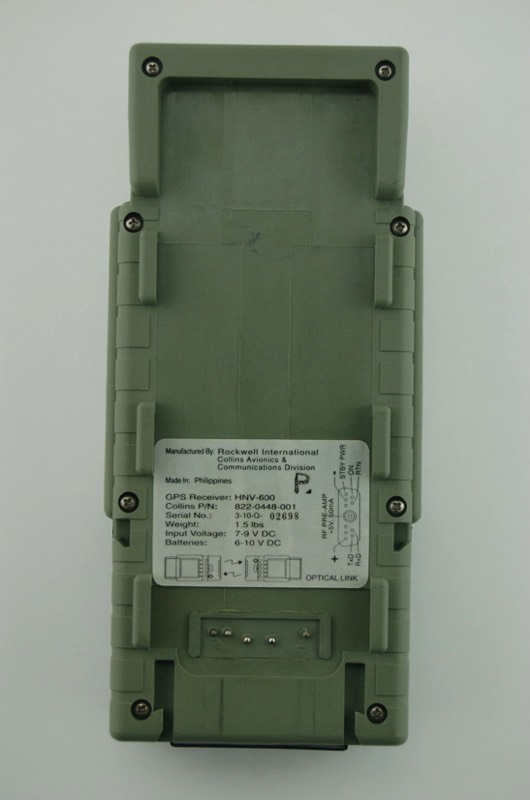

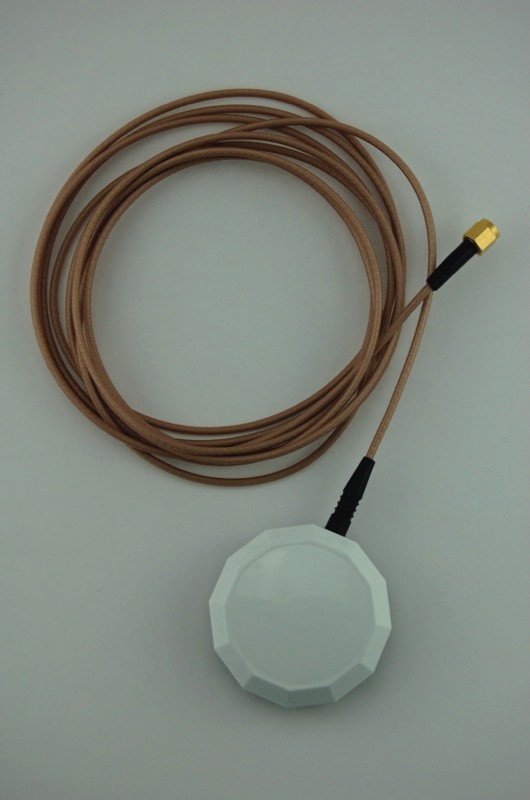
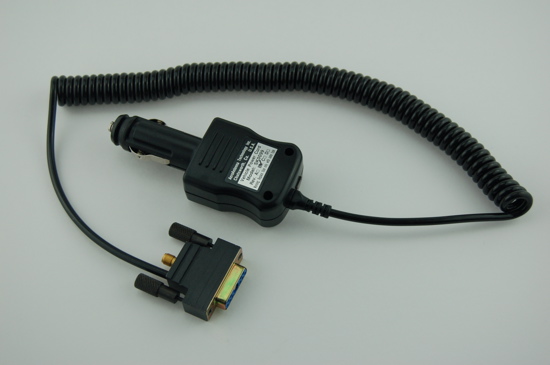
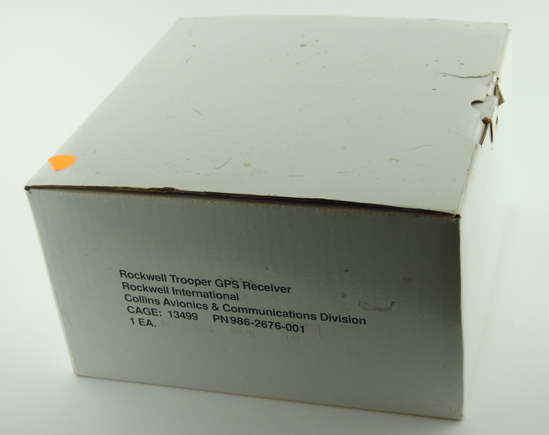
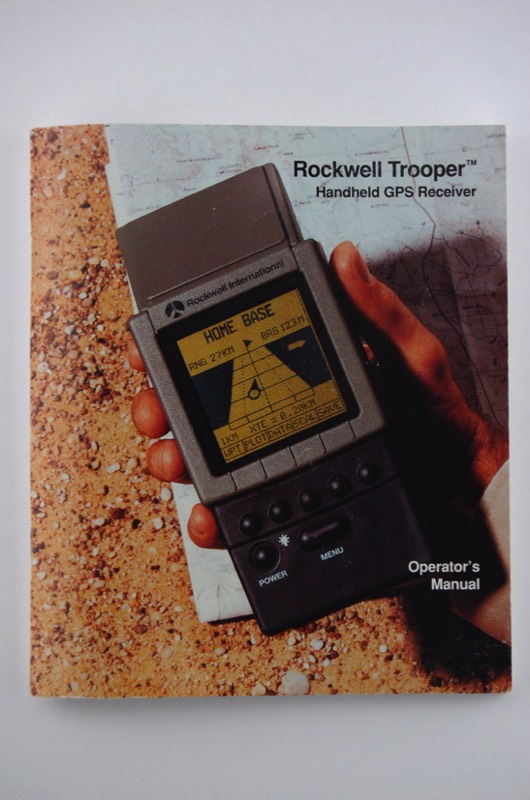
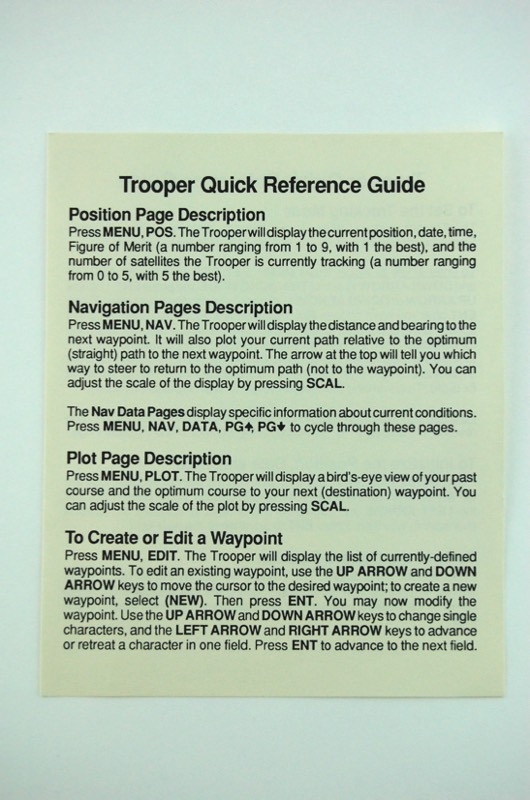
Initialization:
The Trooper initializes fully automatic, there is no user input necessary. A city of a list can be chosen to define an initial position.
Features:
100 waypoints
10 routes
3 navigation screens
Highway screen
Plotter screen
Data in / output
Infrared link to communicate with other units
49 map datums
Dimensions: 190mm x 90mm x 67mm
Weight: 950 g
It should be mentioned that the company Rockwell Collins was part of Rockwell International when the Trooper was built. The manufacturer is therefore "Rockwell International Corporation - Collins Avionics & Communications Division". Rockwell Collins Inc. emerged 2001 when Rockwell International was split up.
The Trooper initializes fully automatic, there is no user input necessary. A city of a list can be chosen to define an initial position.
Features:
100 waypoints
10 routes
3 navigation screens
Highway screen
Plotter screen
Data in / output
Infrared link to communicate with other units
49 map datums
Dimensions: 190mm x 90mm x 67mm
Weight: 950 g
It should be mentioned that the company Rockwell Collins was part of Rockwell International when the Trooper was built. The manufacturer is therefore "Rockwell International Corporation - Collins Avionics & Communications Division". Rockwell Collins Inc. emerged 2001 when Rockwell International was split up.